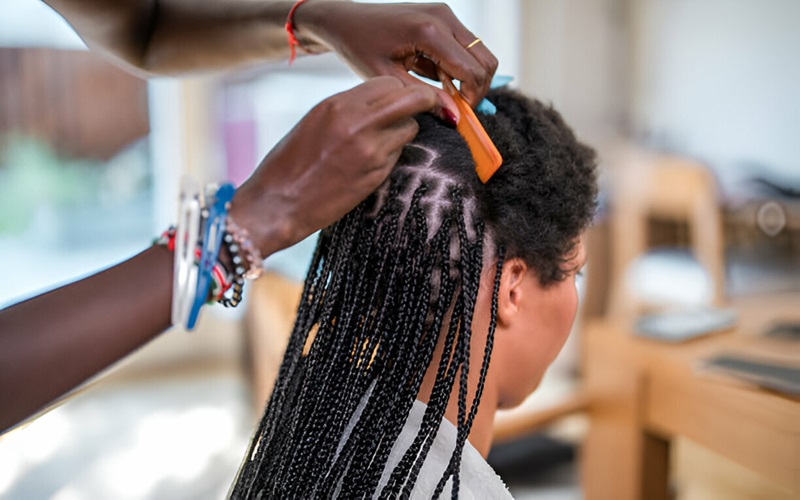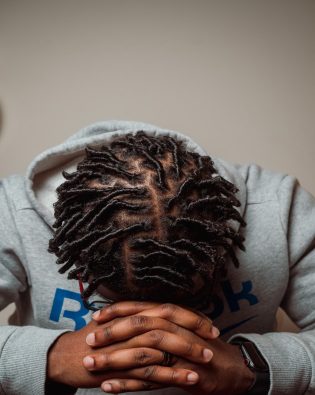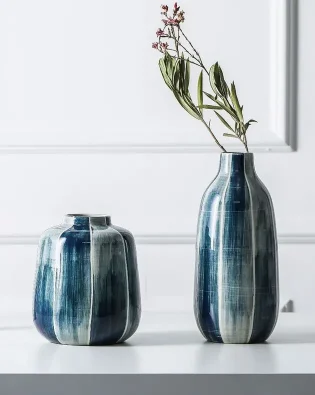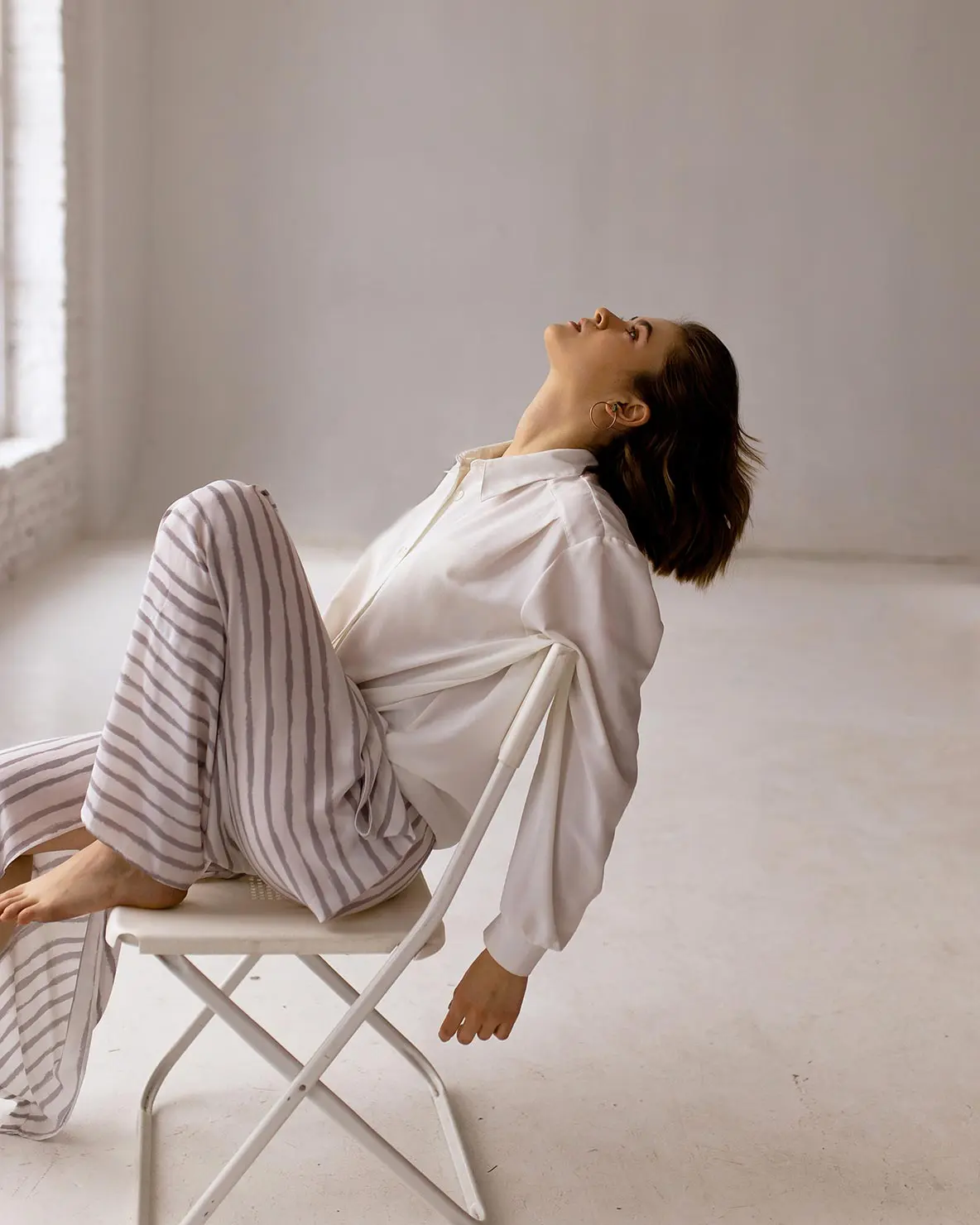
Moreover, explore our blog to find the best dreadlock styling ideas, modern dreadlock hairstyles, dreadlock maintenance tips, and more.
Continue scrolling!
How to Start Dreadlocks?
Before diving in, let me clear that dreadlocks are a long and time-consuming journey. Dreadlocks, the most protective hairstyle, take six months to 2 years to grow the dreads from scratch. In addition, it can be challenging for some individuals as these locs need extra care and attention.
This style is not more than a hairstyle but a lifestyle. From the natural hair to the dreadlocks, you will need to push your limits and start, grow, and maintain dreads using some tips.
Further, there are different types of dreadlock installation methods, which are helpful for beginners in getting an idea about how they want to start. So, let’s explore!
10 Different Locs Installing Methods
If you’re considering starting locs at home, you can pick any easy method that doesn’t need professional help.
However, the best way is to consult a loctician to find the best hair type and length method. Further, there are different methods that you can look for to start your dreadlock journey:
1: Freeform
The freeform technique is the first and the best technique to initiate the dreads. In this method, you leave all your tangled hair, which develops into òlocs after some time. As more people realize the mental and emotional benefits, they opt for this technique.
Many people get the freeform locs when their curly hair starts matting. The matting of hair strands leads to the budding, which forms dreadlocks. Freeform locs don’t require any retwists or interlocs for maintenance. Moreover, the locs develop over time without using hair-setting products. Another benefit is that it can be developed without expensive tools and equipment.
2: Palm rolling
Palm rolling is another technique to start the locs, which is quite famous among professionals. The hair opticians charge a hefty amount for making the palm rolls in your hair strands to initiate the locs.
In this technique, the hair is sectioned into small partitions. Further, you develop palm rolls by using your hand palms. Or you can get them from someone in your family or friends.
To start this technique at home, the best way is to check on YouTube how to start palm rolling for dreadlocks and then perform it at home. This way, you can start locs at home without spending much on professionals.
Another perk of this technique is that you don’t need to get your hands on the loc installation tools or equipment such as a crochet needle or hook; you can use a tail comb and hand psalm to begin this style and set the palm rolls for weeks with the hair setting spray or gels.
3: Start with braids
The third and easiest method to start the locs is a DIY technique, which you can use instantly. Girls usually use braiding to create their hairstyle on their natural hair. The braids are easy to install locs as well.
To start with the braid locs, you must section your hair into small partitions. Choose as many hair strands as you think will look good in skinny braids.
Further, start braiding all these sections to get the desired look. One of the advantages of starting the locs with the braids is that the braids don’t unravel quickly. Moreover, you can use a setting spray to keep them in their condition for a long time.
Check all the factors such as hair health, length, and the products before starting locs.
4: Backcombing
The third number technique is back combing. Back combing is a common technique usually performed in salons for various hairstyles. This technique creates the locs after the tangling and knotting of regular hair strands.
People with straight and curly hair can opt for this technique without damaging their natural hair or using hair-locking tools. The locs from this technique develop into traditional or semi-free locs depending on the texture of the hair.
5: Comb coils
One of the best locs installing methods is comb coils, which give the best cylindrical base for the locs over the hair length. This technique offers the following benefits:
- Easy to perform at home without any professional help.
- The best technique to start locs is with a perfect cylindrical base.
- It is inexpensive on the pocket and budget-friendly.
Furthermore, the comb coiling technique is easy for beginners with metal combs. Start your traditional locs by starting the comb coils in a circular motion from the base to the hair length ends.
6: Two-strand twists
A two-strand twist is the dreadlock technique that is easy to start on natural hair. The most incredible thing about this technique is that it can be quickly started in the hair with a short length, such as 4 inches. You don’t need to have lengthy hair to start the locs.
In addition, when you get the two-strand twists to initiate the locs, you get a hairstyle that retains for months until development develops. Two-strand twists offer a solid foundation for the locs and maintain them with less to no post-care.
Two-strand twisted locs are uniform and easy to maintain with the best retwisting techniques, such as palm rolling and comb twisting. Furthermore, it doesn’t require any hair-setting sprays to set the twists in their place.
To start your locs with this technique, learn it at home or get help from a professional. A professional can be a good help as two-strand twisting is a method that needs professional hands for uniform dreads in hair partitions.
7: Interlocking
Interlocking is another method that is best for starting the locs. It is one of the most common methods to start the locs. The technique involves starting the method with hair sectioning. Furthermore, you need a tool that is known as an interlocking tool for this technique to develop locs.
The interlocking technique is commonly used to obtain thin locs such as sister locs or micro lots. Moreover, it is available in variations, such as 2 points, 3 points, and 4 points. These variation numbers can help you decide the interlock type according to your hair type and texture. The best way is to consult with a professional and let them decide which variation is best according to your hair.
If you’re thinking of getting perfect locs that don’t unravel quickly, this type is definitely for you. On the other hand, if you don’t want the hair to break during the wheel process, you can opt for some other dreadlock installation method.
8: Instant locs
Instant locs is another method to start the locs, which is easy to develop quickly. As the name reveals, this style is easy to start and gives you locs instantly. Crochet hook or a needle serves the purpose to develop locs at the spot. It helps in knotting the hair that develops into locs instantly.
Furthermore, one of the most significant advantages of starting locs with an instant locking technique is that there is no budding stage. However, you must perform some hair care tips to protect and develop the locs on your healthy hair.
9: Sisterlocs installation method
Last, starting the dreadlocks is possible with the locs, known as sisterlocks, which are thin and unique. In this method, the natural hair develops into locs using a patent tool for this specific type. Furthermore, the locs are preserved with the help of hand-rolling hair products.
To get the perfect sister locks, you must consult a professional who is trained enough to start sisterlocks from scratch. Additionally, ask for the hair lock maintenance tips to keep them in good condition for long.
10: Wick
Wicks is another type of dreadlock that takes its name from the very popular “candle wicks”. Wicks are thick and more prominent in diameter than all other loc types. It is one of the ancient types of dreadlocks from the ancient ages of dreadlocks acceptance.
To get this type of locs, you need to section your hair into equal parts, such as 4 to 10, as many as you like
The best thing about starting wicks is that it gives you the freedom to choose any dreadlock after some time. Further, you can start the wicks at home without cost or professional help.
Take away:
No matter what type of dreads you want on your head, you can always start with the most accessible types, such as backcombing, braiding, and wicks. Further, according to your preferences, you can choose any dreadlock installation method, like budget, professional help, or hair length. Make sure to consult with a loctician before starting
and take care of your locs after getting the result after some time.
FAQs
What is the purpose of dreadlocks?
Dreadlocks are a protective hairstyle that aims to transform and preserve your hair. Furthermore, it also reveals some cultural and religious connections to the ancient cultures.
How long do dreads last?
If taken care of properly, the locs last years to decades, depending on the installation method and locs. Furthermore, the locs last by performing regular retesting.
Are dreadlocks excellent or bad?
Dreadlocks are a good hair transformation journey for people who want to protect their hair as well as style it. They add no harm to your hair and preserve it for the longest time with some simple methods.
Are dreadlocks your normal hair?
Natural dreadlocks are natural human hair locked using installation methods and browsing tools or equipment. On the other hand, dreadlock extensions are artificial dreads for styling.
-
Sale!

Buy Premium Handmade Loc Extensions
$28.00Original price was: $28.00.$18.00Current price is: $18.00. -
Sale!

Round Table Anti Slip Mats – Modern Home
$14.70Original price was: $14.70.$9.90Current price is: $9.90. -

-

Indigo Blue Ceramic Vase
$101.00
- TAGS ― Home-Influencer, Tips & Guides

Identifying the 7 Signs of Unhealthy Locs: A Complete Guide
Memphis was a one-time madly vibrant and creative renegade of the design world.

Fall Color Trends from the Runways 2021
Including contemporary art installations in the galleries, the inaugural exhibition is a video installation by artist Bill Viola, to close in January.

Why Every Woman Needs Nice Pj’s
It’s been months of staying home, wearing loungey clothes, and covering half of your face with 2020’s hottest accessory, the fabric face mask.
instagram:
Error: No feed found.
Please go to the Instagram Feed settings page to create a feed.


